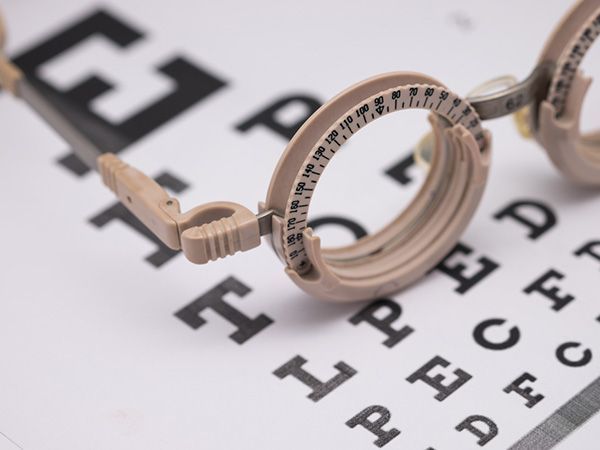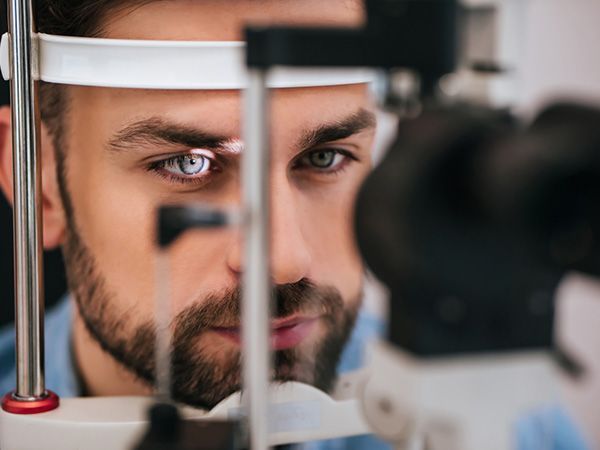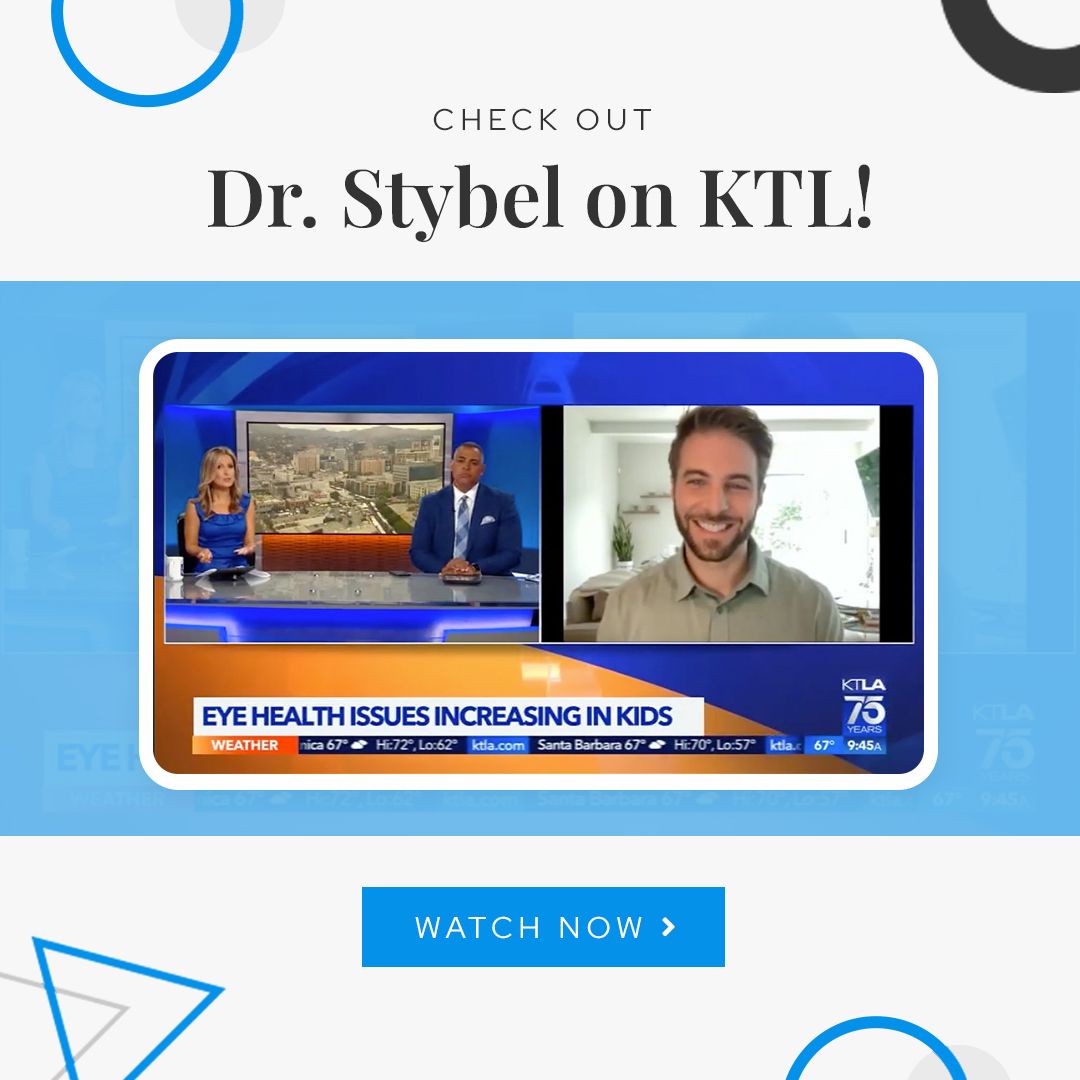LipiFlow® Thermal Pulsation System, or simply LipiFlow, is a non-invasive procedure that treats dry eye. It treats meibomian gland dysfunction, a chronic dry eye disease. The procedure helps address the root cause of the problem.
You’ve probably heard the term myopia before. But what exactly does myopia mean? Is it a disease? How should I cure or treat myopia? If I wear glasses, will it make my myopia even worse? This article covers everything you need to know about what it means to have myopia.
If you or your children have myopia and it is getting worse each year, this article is for you. We will be discussing the four best ways to treat your myopia so it no longer gets worse. Everything we discuss is based on solid science and research, double-masked clinical trials, and recommendations based on mountains of peer-reviewed data. Certainly, we’ve heard and researched other more holistic approaches, if they turn out to be effective, know that this is surely a growing field however and as things change you’ll certainly hear it from us first!
Wearing contact lenses is a convenient way to correct your vision problems. You do not have to worry about glass frames getting in your field of vision. Unlike glasses, contacts do not fog up, and you do not have to worry about them falling off. You can enjoy more natural sight while being involved in an active lifestyle.
Dry eyes are a very common problem that will affect most people at least once during the course of their life. In most instances, dry eye resolves itself with little to no professional intervention. However, if you suffer from chronic dry eyes, you’ll almost certainly need professional intervention to help you find relief from your symptoms. One of the treatments that is regularly offered to people with chronic dry eyes is IPL.
Dozens of parents bring their children into our practices every day for eye exams and other services, and many ask us questions about myopia. While instances and awareness of myopia are on the rise, to help spread myopia awareness we've written out the basics on childhood myopia, why it matters, and what you as a parent can do to help preserve your child’s eye health in the long run.
The World Health Organization recognizes myopia (nearsightedness) as one of the five leading causes of blindness. Notably, the increase in options to slow down myopia corresponds to a decrease in other eye-related health risks. These eye-related health risks include glaucoma, retinal detachment, and macular degeneration.
As a parent, you want what’s best for your child. By learning these 5 important facts, you may feel encouraged to do more for your child's eye health and long-term vision—such as ensuring that they get their eyes checked on a regular basis and turning to myopia management to prevent the rapid progression of this disease.
Myopia or nearsightedness is a refractive error in the eye. It causes objects at a distance to appear blurry and out of focus. It causes light rays to focus in front of the retina instead of its surface as they should.
The Global Myopia Awareness Coalition (GMAC) recently launched its “Little Kid License” campaign to continue to raise awareness of childhood myopia and the new treatment options available.









